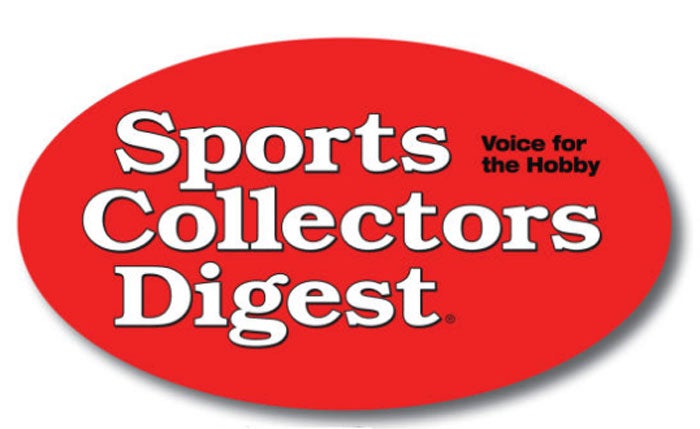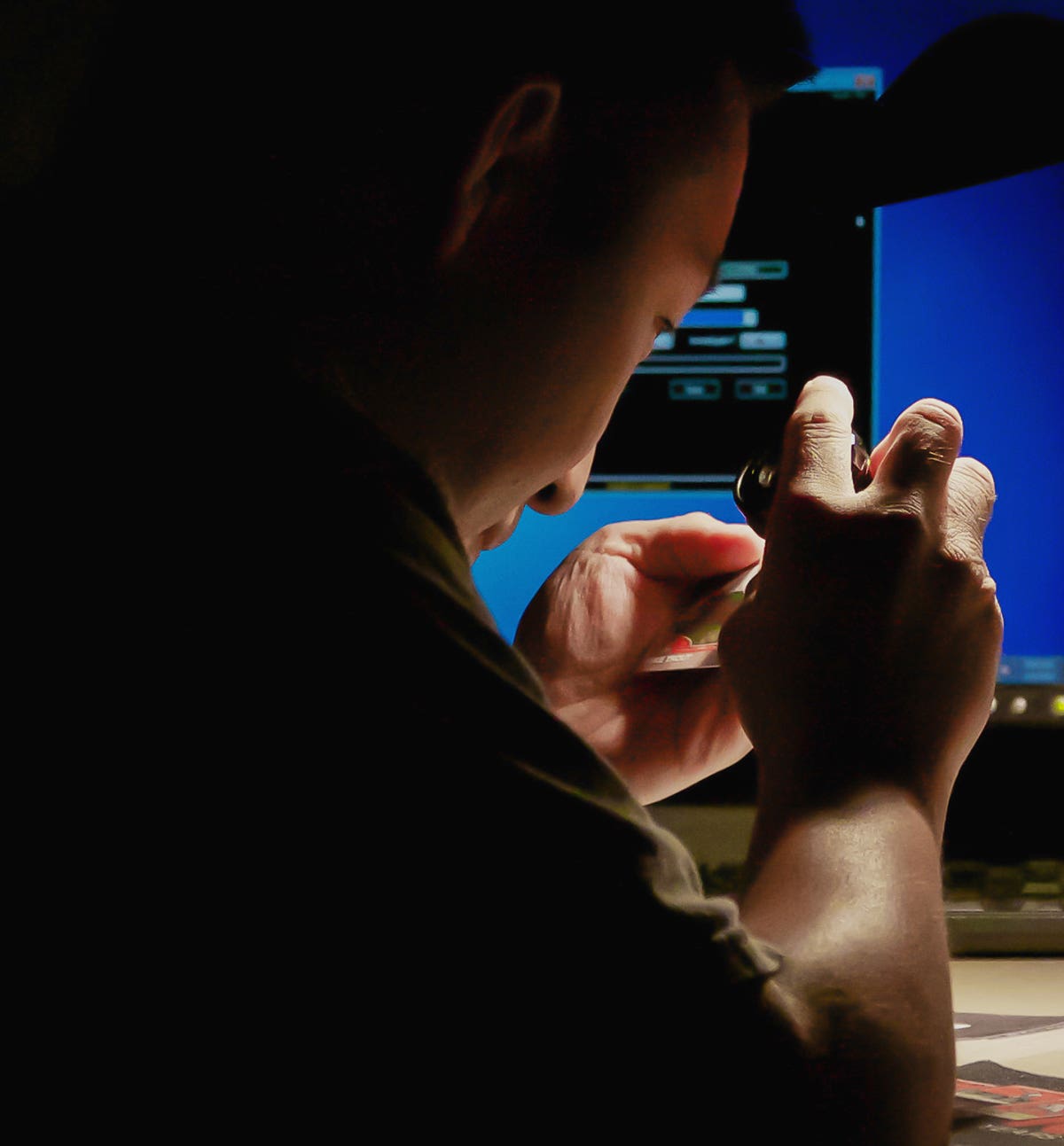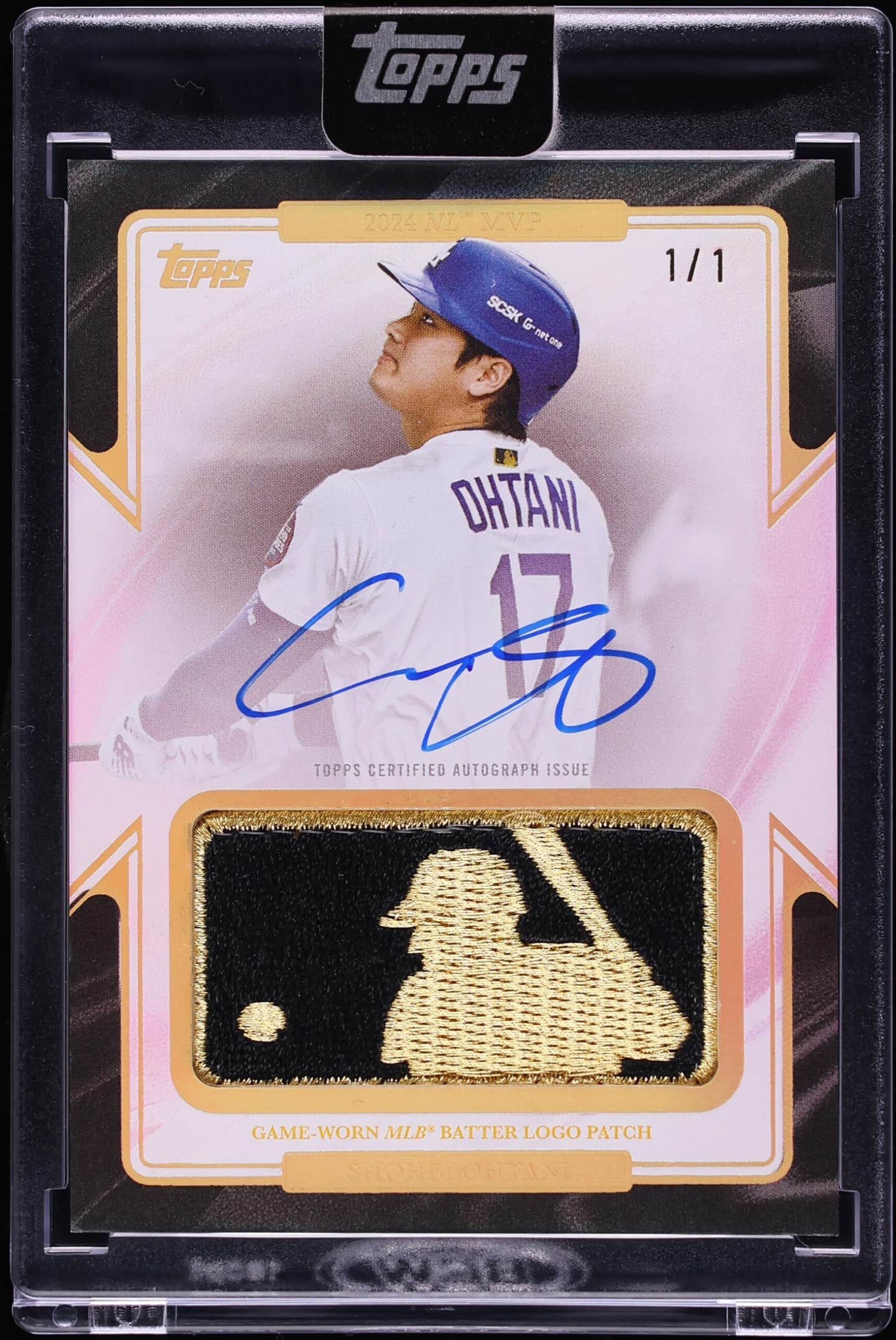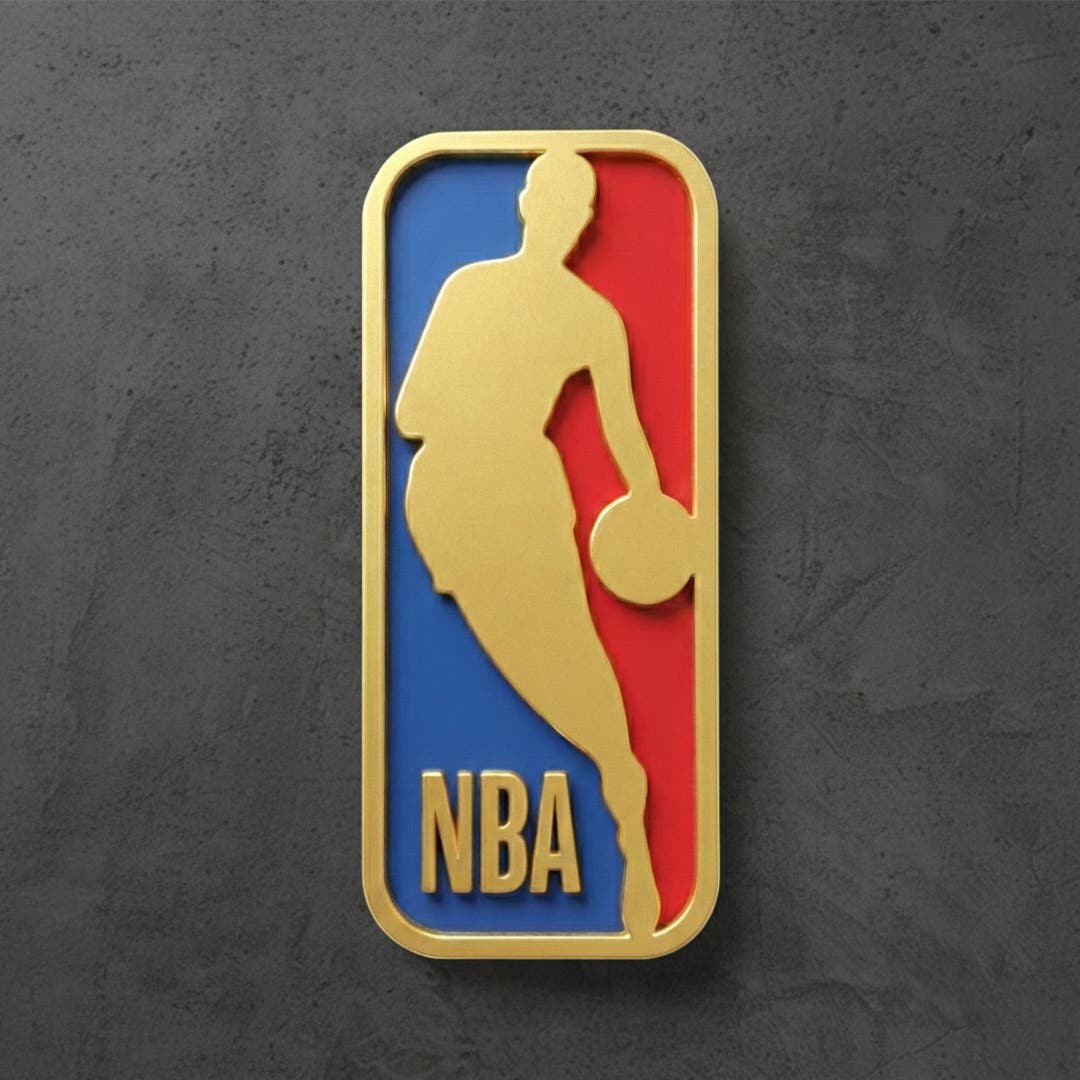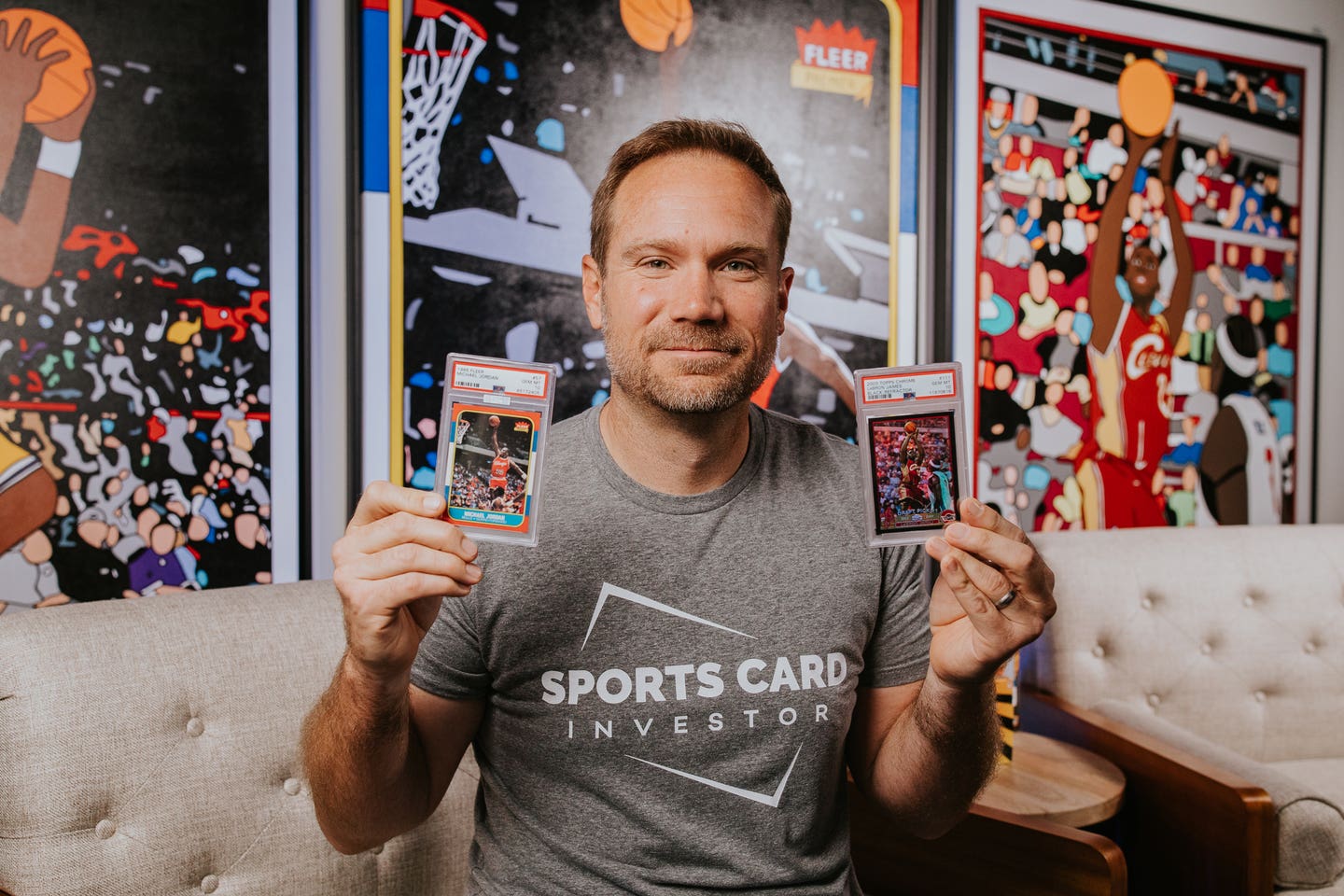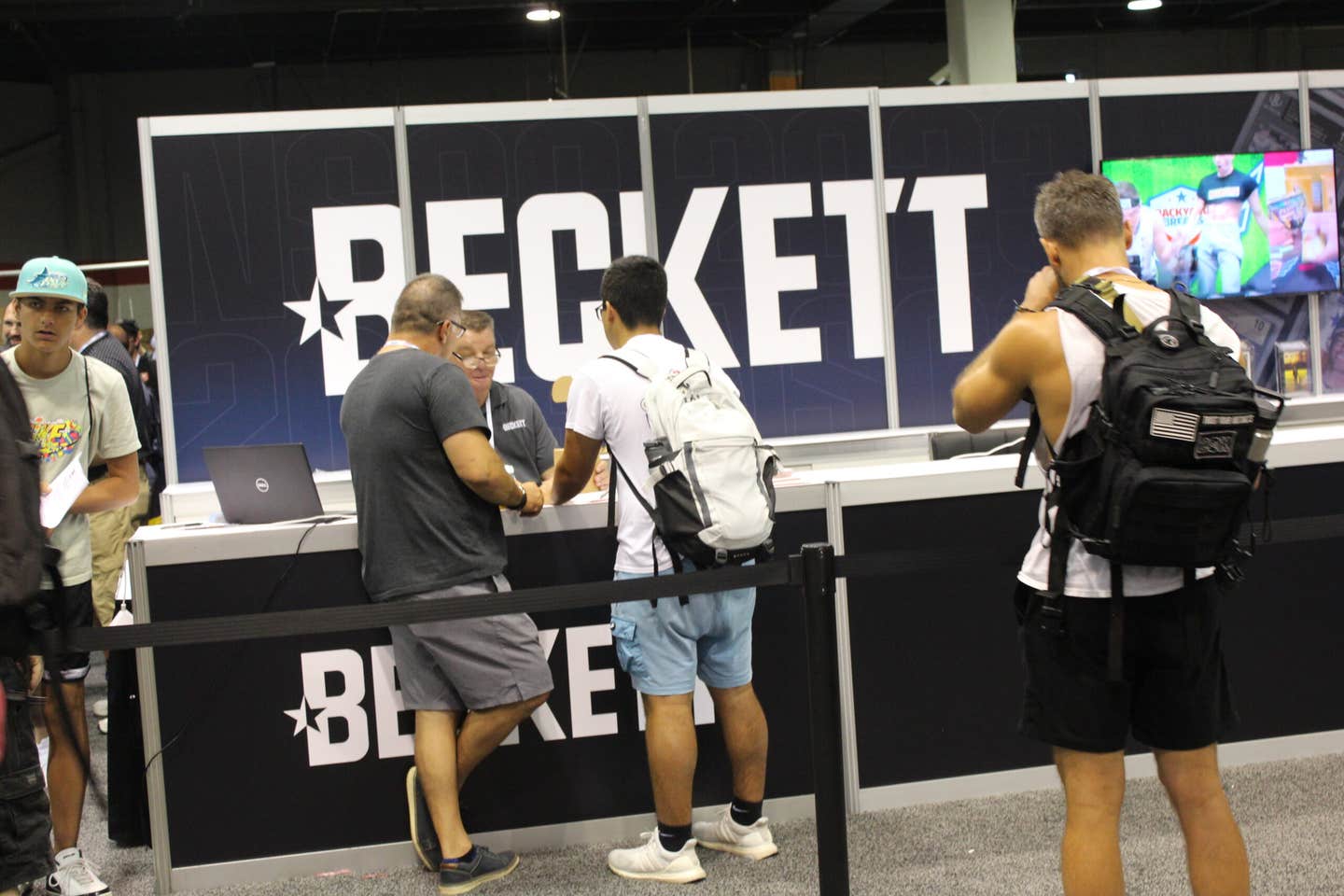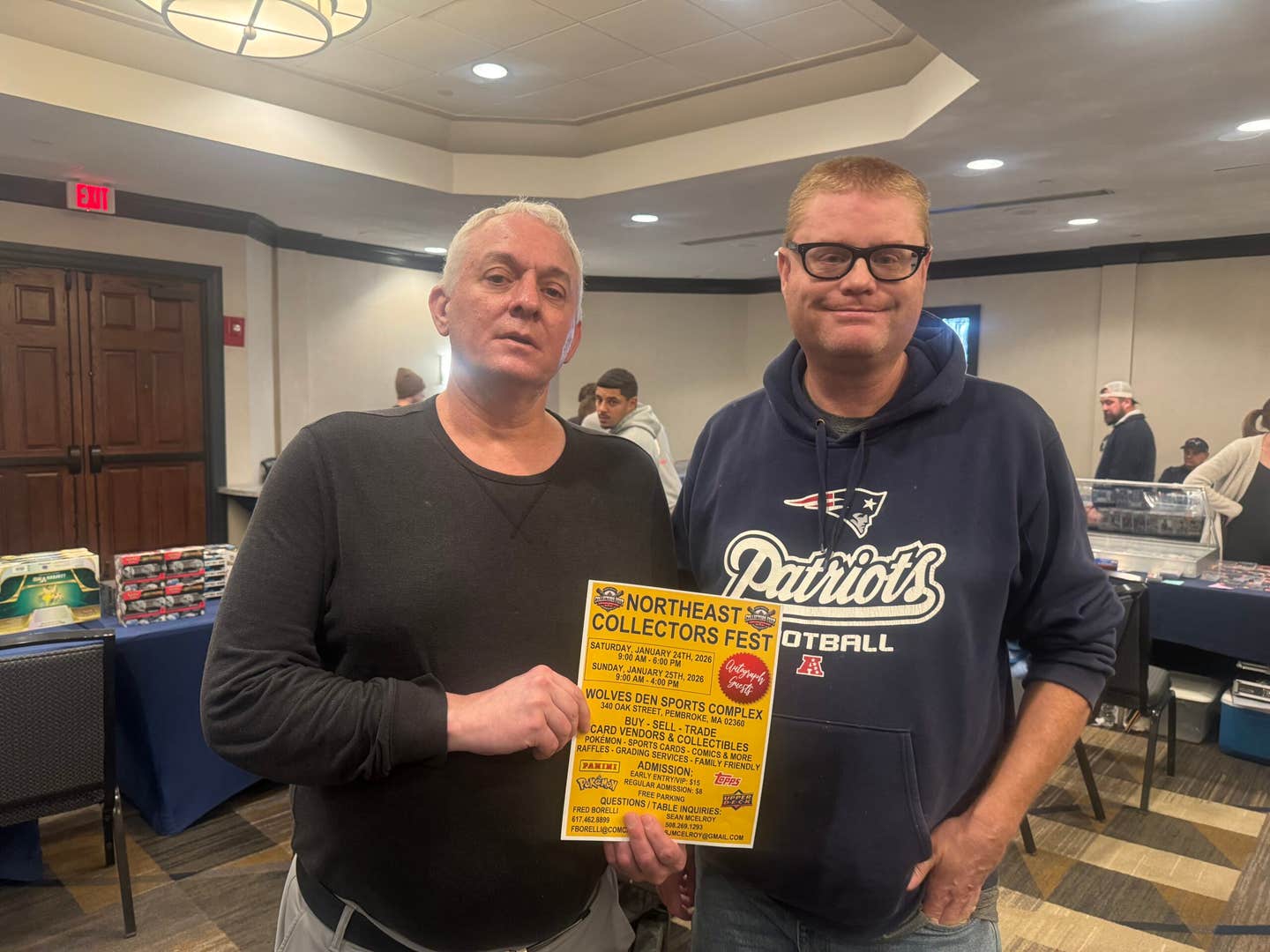Collecting 101
CHARLIE O & THE SWINGIN’ A’s: Exploring historic memorabilia from the 1970s World Champion Oakland A’s
Imagine that your family owned a Major League Baseball team, and that you were enlisted to work in the front office.
Imagine that every day you’d get to interact with MLB executives, players and coaches and see up close how a franchise is run. And, if you were lucky, imagine that during your family’s ownership the team won championships and became an American pop culture phenomenon.
Sound like a fairytale to you? Well, it was a reality for Nancy Finley.
During her childhood and teen years Nancy had a front row seat as her uncle, Charles O. Finley, along with her father, Carl (Charlie’s cousin), transformed the A’s from a downtrodden franchise in Kansas City to one of the great MLB dynasties in Oakland, capturing three consecutive World Series championships from 1972-74 while setting the baseball world on its ear with over-the-top promotions, multicolored uniforms, long hair, and a brash, swaggering style of play.
You Also Might Like:
EXCLUSIVE INTERVIEW: Nancy Finley on Charlie Finley and 1970s Oakland A's
For the past year I’ve had the experience of collaborating with Nancy on her second book about the Finley years, tentatively entitled “Straight A’s: True Stories from the Finley Dynasty.” In this follow-up to her well-received first book, “Finley Ball,” Nancy goes into more depth about her mercurial and controversial Uncle Charlie and his partnership with Nancy’s dad Carl, an unheralded former high school principal who helped construct and maintain the A’s unprecedented run of success in the 1970s and, in the process, becoming one of the most respected executives in professional baseball.
Sadly, after one last hurrah in 1980 with the short-lived “Billy Ball” era in Oakland, Charlie was forced to sell the franchise due to his inability to compete financially in the then-new era of free agency, though Carl would stay on as a vice president until 1984. When Nancy’s dad retired, he and his daughter were left with only memories—and some very cool pieces of memorabilia—from their stewardship. (As for the bulk of Charlie’s baseball memorabilia, it was quietly and mysteriously removed from his ranch in Indiana upon his death and apparently distributed among his children, from whom he had been estranged, which is why these items occasionally pop up in auctions, as you will see).
Which leads me to my question: If your family owned and managed a major league baseball team, what items would you keep? Understand that I’m not talking about giveaway/promotional items that any MLB club dispenses during the season. Nancy had plenty of these and remembers bringing bunches of them to her elementary school in Kansas City to distribute to classmates. No, I’m talking about one-of-a-kind items that are considered, in most cases, family heirlooms and will never be for sale—not by Nancy, anyway.
I got the idea for this story as Nancy was spinning her stories for the book, because at every turn there seemed to be an artifact involved that was emblematic of the moment. So, I asked her to pick her top 10 memorabilia pieces in no specific order and reveal the story behind each one. I think you’ll find her choices both interesting and, to say the least, eclectic.
CHARLIE'S ORANGE BASEBALL
One thing Charlie Finley was famous for was thinking outside the box. Some of his ideas were adopted years or even decades after he originally conceived them, such as World Series night games, interleague play, the designated hitter, and the pitch clock. Others, such as the A’s colorful, interchangeable uniforms, led to other teams like the Pittsburgh Pirates following suit almost immediately.
One of his most intriguing inventions, however, was the orange baseball.
Charlie, as Nancy would later ascertain, had a condition called synesthesia. His sensory perceptions translated into colors—which can explain such Finley phenomena as his shading of Kansas City Municipal Stadium’s seats in various pastels, dying the coats of the sheep that grazed beyond that ballpark’s walls, and decking out his KC and Oakland teams in garish green and gold.
The orange baseball was a concept born of Charlie’s theory that it would be more visible to players during night games. As was often the case, the suits at MLB initially pooh-poohed the concept as another of Charlie’s crackpot ideas. However (and maybe because of his team’s success) he was grudgingly given the green light to use the orange balls during an exhibition game between the A’s and the Cleveland Indians on March 29, 1973.
In the game, future Hall of Famers Catfish Hunter and Gaylord Perry squared off in a 16-run slugfest that included six homers. But even so, batters complained that they couldn’t pick up the ball’s rotation because the laces had also been dyed orange.
Additionally, the pitchers who’d been rocked deemed the ball too slick. Thus, the experimental spheroid was shelved. (Well, not completely. They would later serve as a backdrop for Charlie’s famous Time Magazine cover).
Unfortunately, the failed adoption of Charlie’s invention left him with a supply of never-to-be-used baseballs. Nancy recalls seeing a box in the vestibule of Charlie’s retirement mansion from which he distributed balls to various neighbors when they came to visit. Another of these balls is on display at the Baseball Hall of Fame.
However, if you’re into collecting such things, they are out there. An unsigned example stamped with “THE OFFICIAL CHARLES O. FINLEY BASEBALL” was part of a 2018 Heritage auction, while in 2012 an example signed by Charlie was sold by @CollectAuctions for $460, which included the buyer’s premium. You can also pick one up packed in its original box from Key Man Collectibles for between $200-$250.
WORLD SERIES TROPHY
This beautiful piece commemorates the 1974 world championship, the A’s historic third in a row. It was presented to Carl Finley by his cousin Charlie in recognition of the many years of work the two had put in dating back to the early-60s in Kansas City, which culminated in their remarkable “three-peat” in Oakland.
According to Nancy, this ’74 trophy encompassed for her father the franchise’s lofty accomplishments and was especially sweet for the Finley ownership because their victory in that year’s Fall Classic came over the Dodgers, the National League’s “old school” West Coast representative whose venerable owner, Walter O’Malley, wasn’t exactly Charlie’s biggest fan.
Also See: 1959-62 MLB All-Star Game programs
This trophy is not to be confused with any of the three trophies which were produced for the A’s Oakland Coliseum office. It was Carl’s personal copy, and it was originally crated and stored in the Coliseum, later to be displayed in Carl’s townhouse in nearby Alameda.
After Carl’s passing in 2002 Nancy was concerned about the Finley legacy (if you recall, this was the A’s Moneyball period, when the Finley era, despite its monumental success, was downplayed by the current regime) and whether the general public thought back upon those “Swingin’ A’s” days fondly. So, she decided to put Carl’s trophy on eBay for 10 days—with a very steep undisclosed minimum—to see how much interest it would garner, and then pull it.
Apparently, Nancy clearly underestimated the item’s value, because she started getting calls from all over the country and had news vans in her driveway every afternoon representing various media outlets, all vying for the trophy’s story. Ironically, the “sale” coincided with an A’s playoff run which was cut short by the Minnesota Twins. At the end of the day, the experience was uplifting for Nancy because bidding on the trophy had surpassed her wildest expectations when she pulled it.
“Some people think I sold it,” she told me. “But in truth, it resides in a vault and will never be sold.”
A similar full-sized 1974 trophy obtained from another Finley family member did go into a Leland’s auction in December 2022 and was certainly impressive, standing 20 inches tall and 13 inches in diameter with 24 team flags, a ball and crown design in the center, and Athletics and Dodger pins with the game scores on a green metal plate in front. The A’s full roster was engraved all around, including such franchise greats as Hunter, Reggie Jackson, Rollie Fingers, Joe Rudi, Vida Blue, and Sal Bando. It sold for $20,337.
RICKWOOD FIELD TICKET
One might think Nancy’s inclusion in her top 10 items of a minor league ballpark ticket somewhat curious. However, this ticket, which she found while going through her father’s effects after his death, signifies much more than meets the eye.
Rickwood Field in Birmingham, Ala. is the oldest existing professional ballpark in the U.S. Built in 1910 and named for local businessman and team owner Rick Woodward, it served as home for the minor league Birmingham Barons, as well as the Negro League Black Barons, who famously won a championship in 1948 under Lorenzo “Piper” Davis and featured a brilliant young centerfielder named Willie Mays. The historic venue played host to hundreds of major league stars and a plethora of Hall of Famers, whether in their minor league careers, during barnstorming tours, or in the days of the aforementioned Negro Leagues.
The A’s Rickwood connection began in 1966 when Charlie Finley, who was originally from Alabama, obtained the lease to the ballpark from the city of Birmingham and transferred his Double-A team to Rickwood for the 1967 season. The Birmingham A’s would feature such future Oakland luminaries as Fingers, Rudi, Dave Duncan, and Reggie Jackson.
CHARLIE O. THE MULE
It isn’t all that uncommon in MLB history to see some of its heroes celebrated in song during their playing careers. Such stalwarts as Joe DiMaggio, Willie Mays, Mickey Mantle, Jackie Robinson, and even “Super Joe” Charbonneau come immediately to mind. Which brings us to our next item.
Charlie Finley owned the world’s most famous ass—literally. His decision to have the first — and only—live animal mascot in MLB history was one of the great publicity stunts of all time. And for roughly 10 years, both in Kansas City and later Oakland, Charlie O. the mule was just that.
But almost as bizarre as a MLB team having a live mule as its symbol was the desire of a musician to immortalize him in song. Back in the mid-60s, Gene McKown, a somewhat obscure singer-songwriter from Kansas City, produced a record named, of course, “Charlie-O-the-Mule,” on the Bilin label. Here is a sampling of this ode’s lyrics:
Kelly green and gold are his colors yessiree
And just like my home team, he’s made a hit with me
He hails from Kansas City, we all love him a lot
So let’s all get behind the only mule that Charlie’s got!
Okay, so it’s not Lennon-McCartney, but you have to give McKown credit for trying.
Nancy also has the 1965 A’s yearbook, which features Charlie O. on the cover, as well as a variety of 8-by-10 publicity stills taken in Kansas City, Oakland, and various locales around the American League when Charlie O. traveled with the team in his own custom trailer, crashing such off-field sites as Times Square and the Americana Hotel in New York City.
Charlie O.’s accommodations on the road were reportedly top shelf, including green and gold drapes, a TV set, and white-gloved attendants serving his oats on silver trays. His trailer also had piped-in music, most notably the tune “Mule Train.” You can’t make this stuff up, folks.
We’ll revisit this most famous mule later on.
CHARLIE FINLEY STREET SIGN
In May 1996, the Oakland Coliseum was the scene of “Charlie Finley Day,” which celebrated the tenure of the former owner. As part of the ceremony, the Finley family representatives, which included Carl and Nancy as well as three of Charlie’s children (it should be noted for clarity that none of Charlie’s children ever took part in the running of the organization), were presented with a prototype green and white CHARLIE FINLEY DRIVE street sign. They were told that this thoroughfare would be established in Mesa, Ariz., where the A’s held spring training. As nobody else desired to keep the sign, Nancy simply took it home.
Oddly, I couldn’t locate a CHARLIE FINLEY DRIVE or CHARLIE FINLEY STREET in Mesa, although there is a FINLEY STREET in nearby Gilbert. Of course, this is all perplexing to Nancy, who believes the street should have been in Oakland to begin with.
However, there might be an “honorary” tribute sign for Charlie on the grounds of the A’s spring training complex, kind of like what the Dodgers did for their all-time greats in Dodgertown in Vero Beach, Fla. If you have seen such a sign at the A’s complex, please let Nancy and me know.
COWBOY HAT, MLB PASS
According to Nancy, “Charlie always saw himself as a kind of cowboy. So, he had matching green and gold cowboy hats made for himself and my father with the A’s logo in front and their names embossed inside. The hat Charlie wore was specifically created for his Time Magazine cover in 1976, where he’s striking a batter’s pose in front of a wall of his orange baseballs. After Charlie died, we ended up with his hat. Then, I decided to wear Dad’s to an A’s alumni event around 2017. During the festivities I asked A’s president Dave Kaval to pose for a photo wearing the hat. This he did, but then he was called away, and forgot to return the hat.
“This led to me trying to get the hat back for many years while it languished in the A’s office. Finally, we had a 50th reunion of the 1974 championship team at the Oakland Coliseum this summer, and seeing how it would be the last such celebration in Oakland, I was determined not to leave that ballpark without the hat. It was covered with a layer of dust, but I was happy to get it back.”
As far as the MLB Lifetime Pass, this was awarded to Carl upon his retirement in 1984. Most people don’t know that after Charlie sold the team to the Haas family in 1980, Carl was asked to stay on as executive vice president in order to provide a smooth transition and also offer tutelage to the new regime’s young executives, among them Sandy Alderson, who would go on to have a long and distinguished career in baseball. To Nancy, this item symbolizes the great respect Carl Finley had earned from the baseball community as Charlie’s quiet, steady hand during those sometimes turbulent years of the Finley Dynasty.
DANBURY MINT FIGURINE
This limited-edition A’s figurine, which measures 30 inches long and 8 inches tall, portrays the A’s 1973 championship “starting nine” and manager Dick Williams in their green and gold tops with the Old English A on the left chest, white pants and shoes, and green and gold A’s logo caps (Williams is wearing his white A’s coaches cap with green bill and a warm-up jacket). Among those players featured are Jackson, Rudi, Bert Campaneris, Billy North, and Catfish Hunter.
This extremely realistic complementary piece was sent to Carl Finley by the Danbury Mint and is one of the rarest team figurines in this series. A check of eBay found three examples ranging from $699-$899. For many years it has held a place of honor in Nancy’s home.
WORLD SERIES RINGS
There’s quite a lot of hardware to cover here, so let’s start with Nancy’s. “I have two women’s World Series rings,” she says, “and a 1972 World Series charm that Uncle Charlie gave me. Dad’s three championship rings include two with an emerald and one without.”
The 1972 ring commemorating the A’s victory over Cincinnati’s “Big Red Machine” was adorned with a green emerald with original cubic zirconium on top. There is also a “S+S=S” side logo that stands for Charlie’s self-proclaimed formula of “sweat plus sacrifice equals success.” A front office example went for $2,525.57 in an early-2000s Leland’s auction.
The 1973 version celebrating the A’s 4 games to 3 victory over the New York Mets had a green center stone with Jostens 14K (the manufacturer) on the inside. The S+S=S code appears again. Charlie’s personal ring was consigned in a Leland’s auction in 2023 by one of his children and garnered a healthy $8,487.60.
The A’s 1974 edition sported a green stone, a green shamrock on one side as a nod to Charlie’s Irish heritage, and the now familiar S+S=S symbol on the other. An example of this ring was consigned to Heritage Auctions in 2017 by Charlie’s son Paul with a minimum bid of $5,400.
All things considered, Nancy has quite the collection of baseball jewelry, all safely locked away.
CHARLIE O'S BLANKET, ASHES
If you thought the tale of A’s mascot Charlie O. the Mule’s 45 single was off the wall, I present the story of his missing blanket and ashes. When Nancy first told me about this, I was thoroughly entertained because of the mystery and apparent skullduggery involved.
As previously mentioned, Charlie O. was somewhat of a celebrity. As the only live animal mascot in MLB history, Charlie O. was chosen by Charlie and named after himself because he felt they shared the same qualities of dependability, toughness, and hard-headedness. Charlie O. was a rather large, handsome Missouri mule who became an attraction, team symbol, and for a while, part of the A’s traveling entourage.
Finley figured the beautiful animal deserved worthy accoutrements, so Charlie O. was decked out in a custom green and gold blanket with the A’s logo, a matching ballcap, and a stylish bridle. It was customary, both in Kansas City and Oakland, for him to take the field before games, participating in photo ops with fans, and to represent the team at local civic events.
When he died in 1976 (which eerily coincided with the end of the A’s reign as an American League power) his effects, including his blanket and ashes, were to be interred—behind a wall with a plaque bearing his name—at the Oakland SPCA, a short walk from the Coliseum, so that fans could visit and pay their respects. Of course, Nancy and her father were among the first mourners to do so.
But here’s the thing: when A’s management in the early 2000s distanced themselves from the Finley era (the white elephant mascot had been brought back in the 1980s), Charlie O. was all but forgotten. Or so it seemed.
Nancy was contacted by a group that was supposedly starting an A’s museum in Kansas City and sought some Charlie O. artifacts, namely his blanket and ashes. Nancy was asked if she would donate or loan the items. This led her to check on what exactly had been interred at the SPCA.
As it turned out, while Charlie O.’s ashes were there, the blanket had gone missing. Thus began a search that eventually led to the family of the stable owner in Oakland who’d been responsible for housing and caring for Charlie O. Unfortunately, Nancy couldn’t get a straight answer on the whereabouts of the blanket, and was told everything from the blanket being too tatty to be saved to replacement blankets having been made and later distributed within the family.
Putting her frustration aside, Nancy reached back even further to the Benjamin family, who had stabled Charlie O. in Kansas City. To her relief, they were in possession of the mascot’s original blanket, which was replaced when the A’s moved to Oakland. The original blanket is now safely in storage and not for sale; anything else you might see out there isn’t genuine.
And Charlie O.’s ashes? You’ll be happy to know that they are safe in a vault, contained in twin polished wood boxes complete with affixed bronze plaques that bear his name. With that, we can declare the strange case of Charlie O. the Mule’s estate officially closed.
A'S LOUNGE CHAIR
With me being SCD’s longtime Stadia person, you were probably guessing there would be an Oakland Coliseum seat in Nancy’s top 10. And you’d be correct … sort of. This is actually because a reclining office chair holds a place of honor among her prized possessions. But this isn’t your everyday man cave La-Z-Boy, no sir.
As the story goes, the A’s moved into their Oakland Coliseum offices in 1968 to find, shall we say, a spartan decor. The walls were painted concrete, and the furniture was institutionally chintzy in nature (a source of contention between the Coliseum Board and Charlie for years to come). However, there was one notable exception: the finely-tooled black leather recliner with carved wooden armrests Charlie had installed for himself in the A’s conference room.
The thing is, Charlie, whose insurance empire was headquartered in Chicago, didn’t spend a large chunk of time in Oakland while he owned the team; running the day-to-day operations mostly fell to Carl, who proved to be more than capable. But despite his extended absences, Charlie’s finely-crafted leather lounger didn’t go to waste. In fact, it ended up serving an important purpose: as a landing spot for a host of dignitaries and celebrities who were at the Coliseum to throw out ceremonial first pitches before postseason games, of which there proved to be many during the ballclub’s five straight playoff appearances from 1971-75, including three straight World Series. Such A-listers as Miss America and actors Jim Nabors, Clint Eastwood, George C. Scott and Bob Hope took a load off in that lounge chair before venturing downstairs to chuck the old horsehide.
And so, once Charlie sold the club, the family’s only personally provided piece of furniture from the Oakland Coliseum made its way to the Oakland area penthouse Charlie shared with Carl and Nancy. I’m sure that today when she sinks into its plush leather in her current home, Nancy reflects with fondness upon those heady times in the East Bay.
So there you have it. Believe me, there are other items almost equally deserving that didn’t make the cut, such as a Beatles 1964 KC Municipal concert ticket (an event Charlie personally brokered with the Fab Four’s manager), various personal photos of Nancy with guys from the team, and a signed baseball here and there. But more importantly than their monetary value, the final Finley Top 10 represents not only the formative years of a young woman’s life, but an era in our national pastime that will never be duplicated.
— Readers can contact Paul Ferrante through his author website at paulferranteauthor.com Also, please visit his T.J. Jackson Mysteries page on Facebook.

